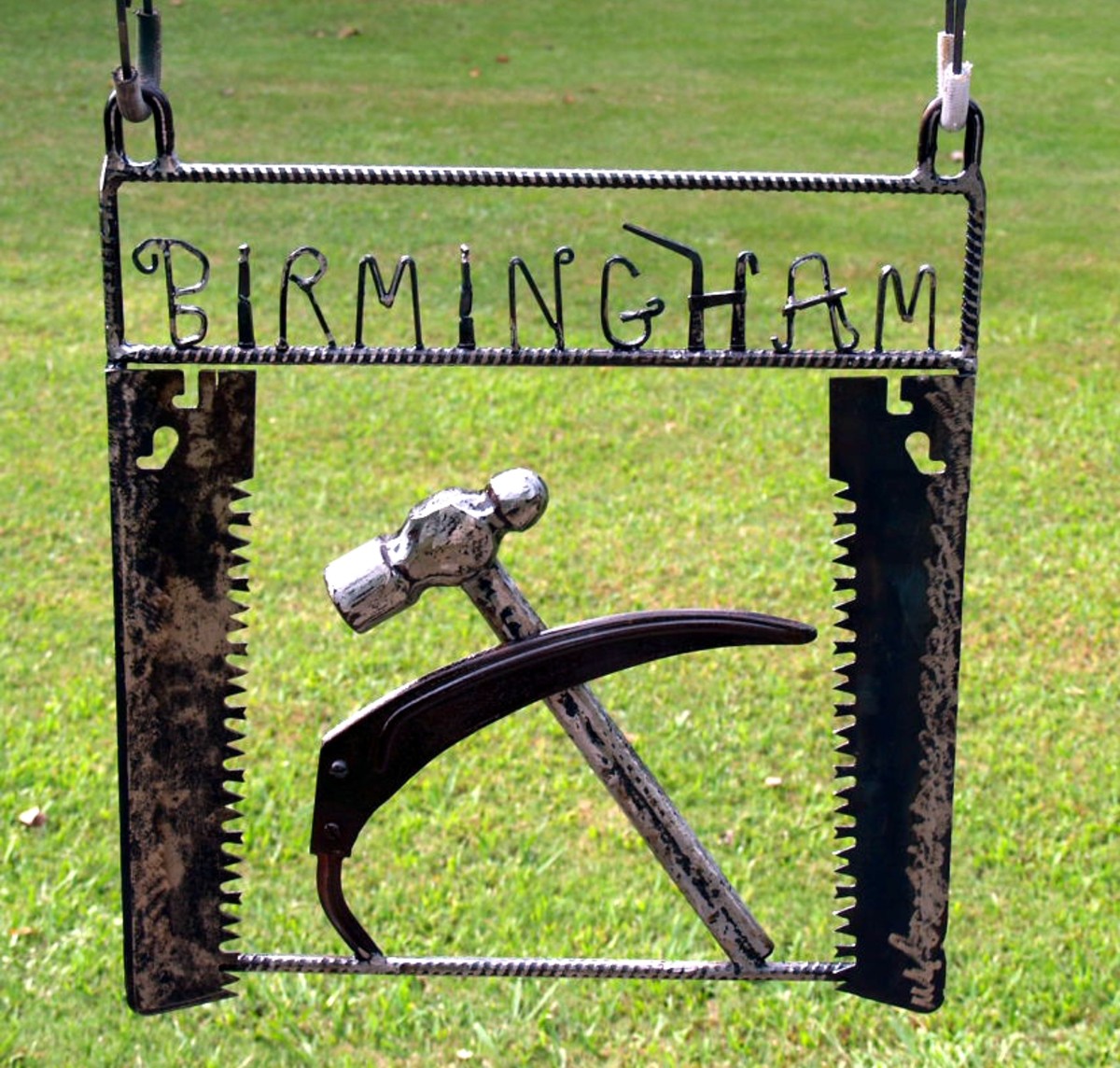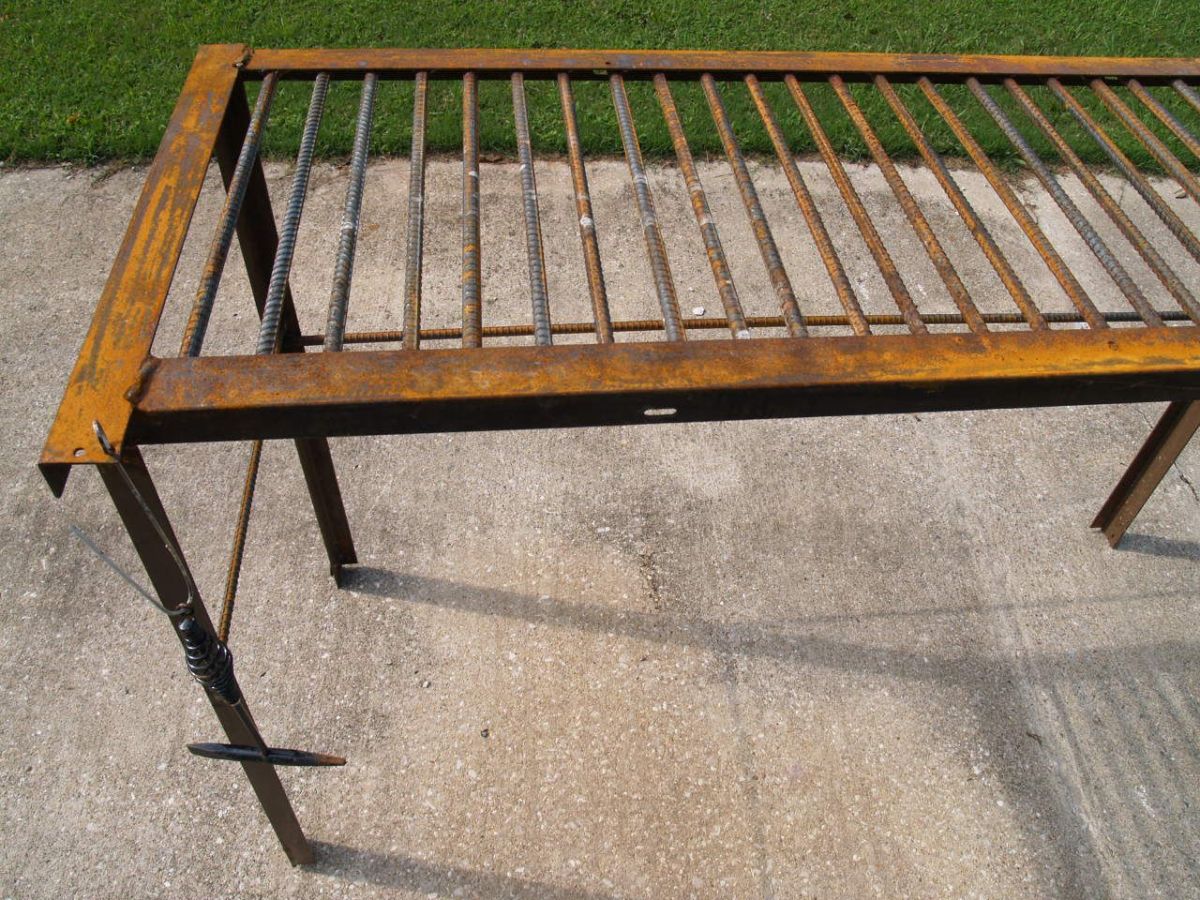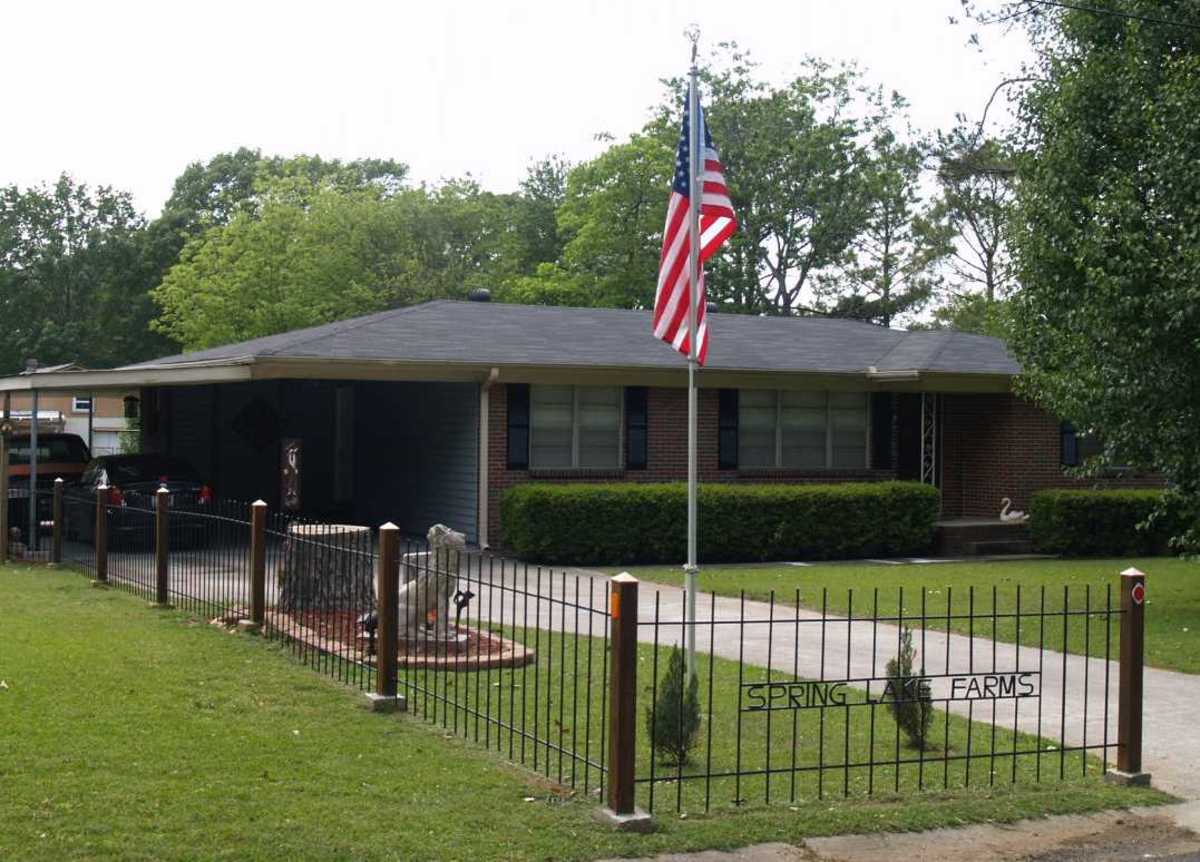Basic Welding Equipment and Techniques for Metal Art Sculpture and the Beginner Welder
Creative multi-media ideas work very well with artistic welding skills.
The Simple Scoop on Art Welding for Newbies
- If you are new to welding and the metal arts in general, you have probably tried to find instructional information on basic welding techniques for artists with a simple Google or Yahoo keyword search. If you have, you know that getting this basic information in a simple, easily-digestible format, is a really tough nut to crack. Sure enough, a web search on basic welding techniques will bring up thousands of pages of information for you to sink your teeth into, but the topic is usually delivered in such a complex and technical manner that it is virtually useless to the aspiring welder-artist.
- When I first decided to work with metal as a medium in my art projects (after a long absence from high-school welding), it was to supplement work that I was already doing with concrete and wood. I didn't need to know how to weld a bridge over the Mississippi River, I just wanted to join a few pieces of metal together to make interesting shapes and texture. I remember searching through dozens of welding websites trying to learn which welding machine was the best choice for an artist interested in metal sculpture. You can find the link to my art projects on my profile page.
- I wanted to know what types of metal could be welded by the machine, and how much power would be required to weld steel such as half-inch rolled rebar. I was also curious about the types of welding machines available for sale on the market, and what the major differences were when comparing these machines. Obtaining the answers to these questions became quite a journey for me, as one question often led to three others before I could understand the technology in explanatory websites and books.
- Hopefully, this summary will save you from this effort and lay the basic groundwork of knowledge for you to learn more about welding. Once you understand these basics, you can continue to learn in any specialized area of welding that your artistic work demands. Remember, as artists our welds don't have to support a bridge or pass muster from a certified inspector, but the quality of your weld can make or break your reputation as an artist or craftsman. No artist that I know wants his artwork to fall apart two years after a customer has purchased it. A sloppy weld will tell a customer that you are incompetent, lazy, or both. This is not the vision a successful artist wants to project.
A Welding Machine, in Plain Speak:
- All welding machines (with the exception of torch welding) work on an electrical-current system in which there are two power cords called leads. One lead is a negative ground, and the other lead is a positive. The negative grounding clamp is always attached to the metal surface (or metal item) that you will be welding.
- You then turn the machine on and move the positive lead (torch gun, or electrode) to the location that you want to weld. When the positive lead makes contact with (or gets close to) the metal that has been grounded, a welding spark will occur. The heat generated from this arc of electricity is what melts the metal and allows you to weld.

The Types of Welding Machines Available to You:
- There are three basic types of welding machines that are used by artists today. Each one has unique capabilities that offer special advantages (or disadvantages) for the metal artist. Learning which of these machines is the best fit for your workshop really depends on knowing what you plan to weld in the majority of your projects.
- The oldest and most common type of machine in use is the basic arc (or stick) welder. These machines use inexpensive welding rods that are held by a clamp handle at the end of the positive lead. This welder is the least expensive of the three to purchase, but it does require a moderate level of skill and experience in order to obtain a quality weld. I started with a stick welder while taking a trade course in high school, and I still use one today due to their simplicity and low-cost operation. Even if you are a complete newbie to welding, you should be able to spot weld metal together in just a few minutes of effort with an arc welder. With time and experience, you will eventually learn to control the temperature and speed of your weld to produce good quality 'beads' on steel (notice that I did not say copper or aluminum). An additional advantage of the stick welder machine is its ability to weld dirty and rust-covered metals. My stick welder will blast through rust, but an MIG (described below) will not weld well unless the surface in clean.
- Another common machine that is very popular is the MIG welder. An MIG welder basically operates like an arc welder, but the machine uses a spool of small diameter wire that is fed automatically through the welding gun instead of the stick welding rods used in the arc welder. Compressed gas such as Argon or an Argon mix will also be used during the MIG welding process to keep impurities in the atmosphere from damaging the weld.
- The MIG welder is known to be the easiest welder for beginners to learn and operate, and you can certainly get high-quality welds with an MIG setup. Many auto body professionals prefer the MIG welder for repairing and fabricating small-diameter automobile sheet metal. For this reason, the MIG welder is also a good choice for serious metal artists. Experienced welders know that thin diameter metal can often be over-powered and burned by regular arc (stick) welding machines.
- Without over-complicating the issue, there is a sub-classification of an MIG welder that is referred to as a flux-core wire welder (technically, not a real MIG welder). This flux-core wire welder is basically the same machine as an MIG, but it does not require the use of compressed gas and it is less expensive when making the initial machine purchase. The flux-core wire welder is an inexpensive way to learn about MIG welding technique. But know beforehand that the performance of the flux-core machines will not be as versatile as a true MIG machine. There will be splatter issues from the flux wire similar to an electrode used in an arc welder. Also, a flux-core machine will not weld some metals (such as aluminum) that are possible to weld with a more expensive MIG machine and an adaptor called a Spool Gun.
- Lastly, there is the TIG welder. TIG welding is similar to welding with an acetylene and oxygen torch, but no torch is necessary. The TIG positive lead is a small gun that generates the welding arc when it gets close to the ground metal. A shielding gas (typically Argon) is used along with a unique type of TIG welding rod (held separately from the gun) that requires no flux (a flux coating is necessary on basic arc welding rods). The TIG welder is used to make high-quality welds that are very strong. Many (but not all) TIG machines can be used to join non-ferrous metals such as aluminum. The TIG is also the best application to use when working with very thin materials. Additionally, all TIG machines can also be used as general arc welders with only minor adjustments necessary to the setup.
- TIG applications can be very useful for artists working in steel, aluminum, or other non-ferrous metals, but the process is the most difficult to learn and is known to be the slowest of the three procedures. TIG is also the most expensive of the three options, offering superior quality and control in return for the investment. The weld that is achieved with a TIG machine is very similar to a weld that one would achieve using a basic acetylene torch and non-flux welding rod, but the heat is more easily controlled with a TIG machine.

Check out the links below to find instructions on how you can make this welding table in your home shop from rebar and scrap bed frame metal.
Common Set Up Issues:
Choose the Right Voltage to Power Your Welder:
- ARC and MIG welders are available in 110 and 220-volt machines. The 110 welding machines will work on small gauge metal, but if you are planning on welding metal of a substantial thickness, you will need a 220-volt machine. If you purchase a 220-volt machine, make sure your household power supply can provide at least 230 volts and 50 amps of power. A typical dryer-type power outlet is only designed for 30 amps, and it will need upgrading to handle welding amperage. Also keep in mind that many welding machines are sold without a power plug, and you must install these yourself. This is a simple procedure for most handymen or women.
Safety First!
- Finally, make sure that you have ALL of the safety equipment required before you strike your first arc. This would include a welding helmet, welding gloves, leather boots, long-sleeve shirt, fire-resistant apron, and a fire extinguisher. The new-style helmet with the auto-darkening lens is very helpful for new welders, and I do recommend them. If you decide on the older-style helmet, be prepared to strike your welding arcs by 'feel' and in complete darkness. This can be a challenge and very frustrating for someone new to welding.
- So there you have it. If you want to weld ferrous metal like iron (of course), carbon steel, and stainless steel, an ARC welder or an MIG welder is the way to go. Try to find a friend or a fellow artist that uses one or both of these machines, and ask him if he would take thirty minutes to an hour to show you the basics of each. Welding is not rocket science, but it is a very dangerous activity if you don't know what you are doing. Learning to recognize a good weld from a bad one will also take a little coaching from someone with experience. Try to weld a little with both an ARC and an MIG machine before you make a purchase decision for your home shop. If you can't use the machine comfortably, safely, and with confidence, you will have a useless blob of metal machinery taking up space in your shop. That is not productive, not cool, and a waste of a perfectly good welding machine.
- I hope this quick survey of welding has provided you with the basic information that you, the artist, needs to begin learning more on the topic. There are numerous video tutorials available on Youtube and other video-based websites that will assist you in learning this new skill. If you are like me, you will soon discover that welding is one of the most valuable tools you can have in your artistic toolbox. Experiment with your new skill safely, and see what new ideas you can develop with the power to join metal.

Welding your own steel gate can be a snap once you learn the basics.
More Fun Things to Learn and Build With Welding:
- If you just want to get away from it all and enjoy some first-class welding training in a beautiful foreign island. Take a look at the inexpensive training opportunities available for aspiring welders and metals artists in the Philippine Islands. Don't worry, this is not an article that is going to sieze your computer with pop-up advertising. It is simply an informative account of a training school that I attended in Manila, and it is a viable option for a vacation with a purpose.
- Need a welding table in order to fabricate your parts, but you don't want to invest a lot of cash in new equipment? Read some great information on building a "man-size welding table" at your own home shop using only rebar and a few used metal bed frames. The information could save you hundreds of dollars, and you can customize it anyway that you want!
- Ever considered using your new welding skills to enhance the beauty of your home? If not, it's time that you did. Use your welding skills to build a decorative rebar-steel fence for your front yard. With the right design and fabrication, it could make your home the most attractive house in the neighborhood at a very reasonable cost. Check out the all the how-tos including a tool and materials list right here: "Decorative Metal Rebar Fencing for the Front Yard - Less Than Seven Dollars Per Linear Foot.

.
